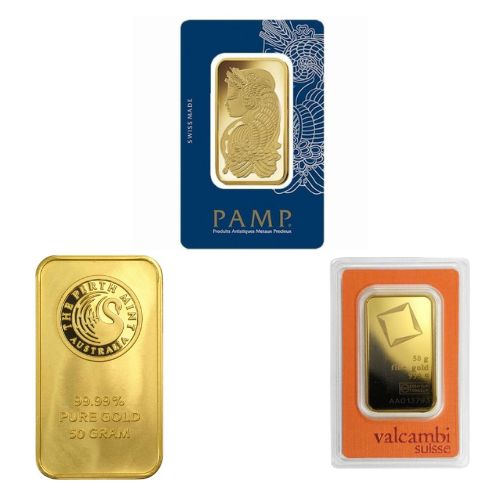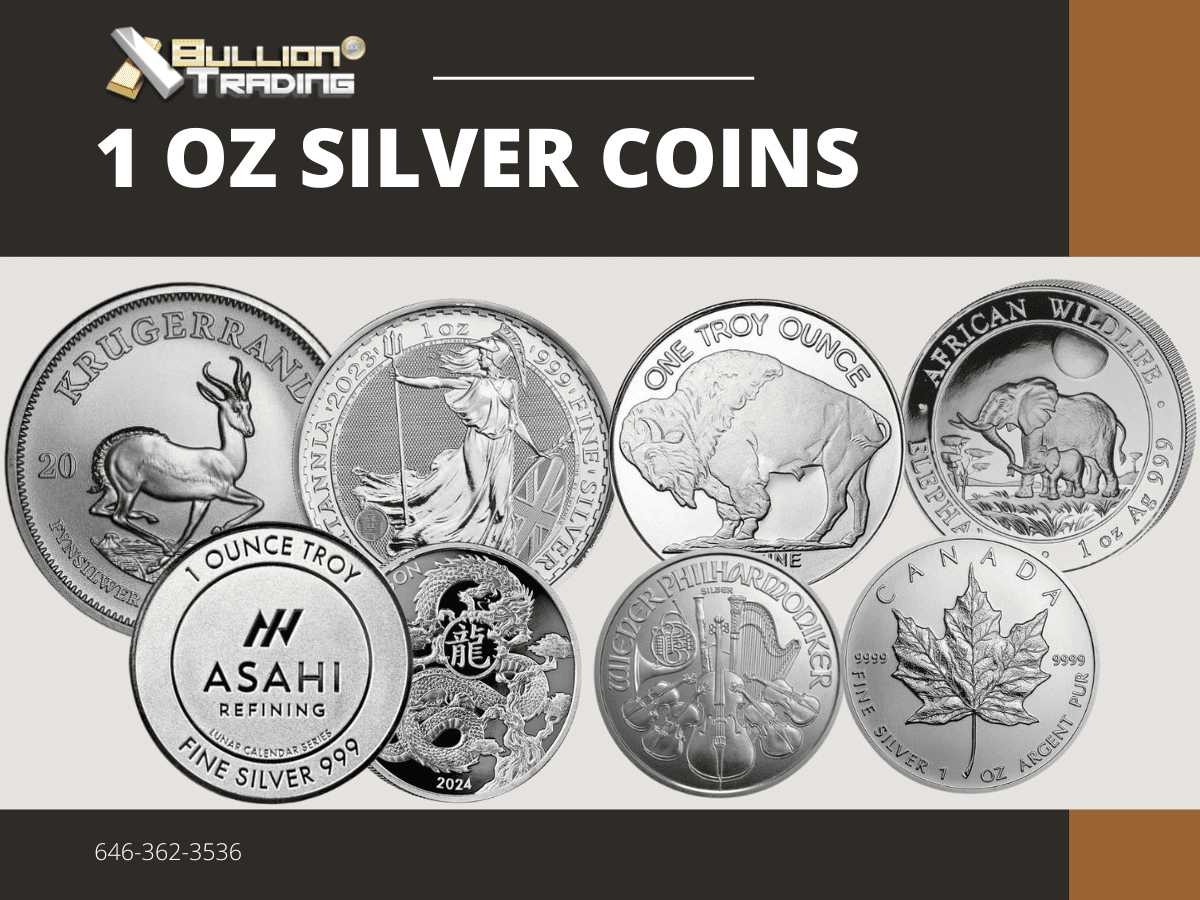The gold bullion market is witnessing dynamic shifts as investors flock to the yellow metal amid global uncertainties. Recent developments – from trade tariff escalations to geopolitical tensions – have reinvigorated gold’s status as the ultimate safe-haven asset. Prices have surged on safe-haven demand, and analysts are closely watching gold market trends to navigate investment decisions in the precious metals market. Even as equities wobble, gold bullion trading volumes are rising, underscoring gold’s appeal when confidence in other assets falters.
Key Takeaways:
- Record Safe-Haven Rally: Gold prices hit an all-time high of around $2,830/oz in early 2025 as investors sought safety amid new U.S. tariff threats (Gold hits record high as Trump tariffs spur safe-haven buying | Reuters) ghlights gold’s role as a safe-haven during economic and geopolitical turmoil.
- Gold as a Safe-Haven Asset: Investors consistently turn to gold in times of uncertainty. The metal is often considered a safe-haven investment during periods of economic or geopolitical instability – from trade wars to conflicts (Gold hits record high as Trump tariffs spur safe-haven buying | Reuters) – because it tends to retain or increase in value when other assets decline.
- Central Bank Buying at Record Levels: Strong institutional demand underpins the market. Central banks worldwide bought 1,082 tonnes of gold in 2022 – the largest annual purchase on record – signaling long-term confidence in gold as a reserve asset and bolsetring overall gold demand. (Central Bank Gold Buying Reaches Record Levels – Singapore Bullion Market Association)
- Bullion Flow Shifts & Liquidity: Gold flows are shifting across regions in response to market stresses. Fears of tariffs and supply squeezes prompted nearly 400 tonnes of gold to flow into New York COMEX vaults in late 2024. Bullion banks even airlifted gold from (Gold at All Time Highs amid Physical Gold Shortages) hubs like Dubai and Hong Kong to the U.S. to profit from unusual price premiums, highlighting how market liquidity can tighten during crisis (Gold hits record high as Trump tariffs spur safe-haven buying | Reuters)
- Investor Sentiment and Trends: Market sentiment can sway short-term gold investment. For example, strong equity markets and rising yields led to 50 tonnes of net outflows from gold ETFs in the first half of 2023, showing that risk-on phases can temporarily curb gold demand. However, such dibs were short-lived as inflation and geopolitical jitters kept strategic interest in gold intact. (Outflows result in H1 disinvestment | World Gold Council)
Gold as a Safe-Haven Asset Amid Geopolitical Uncertainty
Gold’s safe-haven allure has only strengthened amid recent global turmoil. When geopolitical uncertainty rises – be it a trade war or a military conflict – investors increase allocations to gold as a safe-haven asset. History provides clear examples: during escalations in a tariff war, gold soared as investors sought shelter from potential economic fallout. In fact, gold “is often considered a safe-haven investment during periods of economic or geopolitical instability”. This was evident when new tariffs on major economies fueled inflation fears; investors piled into gold, quickly driving prices to record highs. (Gold hits record high as Trump tariffs spur safe-haven buying | Reuters)
Geopolitical crises have a similar effect. For instance, when conflict erupted in Eastern Europe, gold spiked to multi-year highs as global markets convulsed. Investors flocked to the metal over fears of broader instability, reinforcing gold’s status as a safe-haven in times of war and political strife. Unlike riskier assets, gold’s value tends to hold steady – or even appreciate – when headlines turn dire. This inverse correlation with turmoil is why gold is dubbed the “crisis commodity.” It provides portfolio insurance: gold investment can hedge against losses elsewhere, offering stability when currencies weaken or stock markets dive.
Moreover, gold’s safe-haven appeal is not just speculative. Central banks and governments also treat gold as a strategic asset when uncertainty looms. Geopolitical tensions, such as sanctions or trade disputes, often prompt nations to diversify reserves into gold, buffering against currency risks. In sum, whether it’s a tariff showdown or geopolitical conflict, gold shines as a refuge. Its enduring allure as a safe-haven is a key reason it remains a cornerstone of many portfolios during uncertain times.
Gold Market Trends and Data-Backed Drivers
The gold market trends of the past two years underscore how various factors – from central bank policies to investor sentiment – drive the bullion price. After a period of consolidation, gold broke out with impressive gains. Gold surged 27.22% in 2024, breaking a multi-year trend and outpacing most asset classes. This strong performance was fueled by a confluence of drivers: robust central bank buying, inflation hedging, and safe-haven demand amid global tensions. (Special Report: Top 10 Themes for 2025 | Sprott) By early 2025, gold continued its ascent, reaching fresh highs. It hit $2,830/oz in the wake of renewed tariff disputes, a clear indicator that macroeconomic risks (like a possible trade war-induced slowdown) are bullish for bullion. (Gold hits record high as Trump tariffs spur safe-haven buying | Reuters)
Central bank demand has been a cornerstone of this trend. In 2022, official sector purchases of gold jumped to unprecedented levels – 1,082 tonnes added in a single year. This record central bank buying (more than double the decade’s average) reflects efforts to diversify reserves away from currencies and towards tangible assets. (Central Bank Gold Buying Reaches Record Levels – Singapore Bullion Market Association) Economic powerhouses and emerging economies alike have been increasing their gold reserves, citing concerns over currency stability and inflation. Such persistent accumulation by central banks provides a floor under gold prices and signals long-term confidence in gold’s value. The World Gold Council (WGC) has noted that this trend continued into 2023, with hundreds of additional tonnes added by Q3. Central banks see gold as a safe, liquid store of value – a vote of confidence that reinforces gold’s appeal to private investors as well. (Central Bank Gold Buying Reaches Record Levels – Singapore Bullion Market Association)
Investor behavior in the private market also shapes gold’s trajectory. When interest rates and stock markets were climbing in early 2023, some investors rotated out of gold temporarily. Notably, hefty outflows from gold-backed ETFs (exchange-traded funds) were recorded during risk-on rallies – global gold ETFs shed 50t in H1 2023 as equities hit new highs. These outflows reflected a tactical pullback due to rising real yields and optimism in other markets. However, once those conditions eased, gold demand resumed. (Outflows result in H1 disinvestment | World Gold Council)
By late 2023, as inflation proved sticky and rate hikes peaked, investors returned to gold, drawn by its diversification benefits and upside potential. Market sentiment can cause short-term ebbs and flows, but the underlying fundamentals – central bank buying, limited supply growth, and persistent safe-haven demand – have supported an overall uptrend.
Inflation and currency trends are additional data-backed drivers. High inflation erodes fiat currency value, often boosting interest in gold as an inflation hedge. In the past year, with inflation running above target in many regions, gold saw increased buying from both institutional and retail investors seeking to preserve purchasing power. Similarly, a weaker outlook for the U.S. dollar has historically been positive for gold. Many analysts point out that if the dollar’s dominance in reserves gradually declines, it could further elevate gold’s importance (a point underscored by central banks planning to raise gold’s share of reserves in coming years). In summary, the current gold market trends are shaped by strong fundamental demand (led by central banks and long-term investors) and periodic sentiment-driven swings. (Special Report: Top 10 Themes for 2025 | Sprott)
The data shows gold thriving amid economic shifts – a testament to its dual nature as both a strategic asset and a barometer of uncertainty.
Bullion Flows and Liquidity in the Precious Metals Market
Global bullion flows have been undergoing notable shifts, revealing how the gold market adapts to regional demand and liquidity pressures. A prime example unfolded recently when fears of new import tariffs in the U.S. upended normal gold trade patterns. Anticipating higher costs, traders engaged in a frantic reshuffling of bullion stocks. Nearly 400 tonnes of gold flowed into New York’s COMEX vaults in just a few weeks as market participants rushed to import metal before tariffs hit. This huge influx – taking COMEX inventories from under 20 million ounces to almost 32 million – underscored how dramatically gold can move across borders in response to policy changes. (Gold at All Time Highs amid Physical Gold Shortages) The bullion flow shifts were driven by arbitrage: New York gold futures began trading at a steep premium to London spot prices, reflecting concerns over supply and tariffs.
These dislocations led to short-term liquidity issues in traditional hubs like London. As the COMEX-London price spread widened (at one point U.S. futures were ~$64 higher per ounce than London spot), opportunities arose for those who could deliver gold to New York. Bullion banks seized the moment – they started transporting large quantities of gold from other hubs such as Dubai, Hong Kong, and London (Gold at All Time Highs amid Physical Gold Shortages) into the U.S. to profit from the price differential. This unprecedented rerouting of gold bars from East to West highlights the depth of the precious metals market: gold’s global liquidity allows such moves, yet it also shows that logistical bottlenecks (like limited flights or refining capacity) (Gold hits record high as Trump tariffs spur safe-haven buying | Reuters) can create short-term tightness and price anomalies.
Notably, these strains were a product of extraordinary circumstances (a tariff shock and panic stockpiling). Generally, the gold market remains highly liquid, with London and New York acting as primary centers for bullion trading. But the episode is instructive. It reveals how market sentiment and policy risks can temporarily fracture the seamless trading of gold. During the 2025 tariff scare, gold’s usual arbitrage mechanisms were tested – but ultimately, the market adjusted as gold flowed to where it was needed, and the price gap gradually closed. Other instances of liquidity stress, such as during the 2020 pandemic, similarly saw premiums spike in certain locations, only to normalize as supply chains caught up. For investors, these flow dynamics underline that while gold is universally valued, local market conditions (like import duties, currency controls, or logistics) can affect short-term pricing and availability.
The precious metals market as a whole often experiences such flow adjustments. When demand in Asia surges (for example, due to festival seasons or economic growth), gold tends to flow from Western vaults to Eastern markets. Conversely, during Western financial crises, gold often flows back into London and New York as institutions seek liquidity. Being aware of these bullion flow trends can give investors insight into underlying market health. Tight spreads and steady flows usually indicate a well-supplied market, whereas soaring premiums or unusual stockpile shifts may signal stress or opportunity. In the current landscape, the agility of bullion flows – from central bank purchases to ETF vault movements – continues to support gold’s function as a globally traded asset. It is this fluid movement and deep liquidity that allow gold to remain a reliable asset even when the financial system comes under strain.
Gold Investment Outlook and Strategies
With gold at elevated price levels and ongoing global risks, what should investors consider moving forward? The outlook for gold investment remains broadly positive, but prudent strategy is key. Gold’s recent performance – climbing on safe-haven demand and strong fundamentals – suggests it will continue to be a valuable portfolio component. However, volatility can occur in the short term. Investors and traders in the gold market should stay attuned to key indicators: central bank policies, inflation trends, currency fluctuations, and geopolitical developments. For instance, any resolution of major trade disputes or easing of geopolitical tensions might cool off some of the extreme safe-haven flows, potentially creating dips in price. Such dips could be viewed as entry opportunities for those looking to increase their gold exposure. On the other hand, if inflation remains stubborn or new uncertainties arise, gold could push to new highs, rewarding those already invested.
When crafting a gold bullion trading or investment strategy, diversification and time horizon are crucial considerations. Long-term investors often allocate a percentage of their portfolio to gold (and other precious metals) as an insurance policy. This strategic allocation is less about short-term price targets and more about wealth preservation. They understand gold’s role as a hedge – its value tends to rise when other investments falter, smoothing out portfolio volatility. For these investors, the current environment of safe-haven demand reinforces gold’s importance. Regular rebalancing can ensure the gold allocation remains in line with goals, taking profits after big rallies and adding to holdings on pullbacks.
For more active traders or those specifically engaging in gold bullion trading, close monitoring of technical levels and market sentiment is essential. Gold is prone to sharp moves around economic data releases (like inflation reports or employment numbers) and central bank announcements. Utilizing stop-loss orders and setting clear profit targets can help manage the risk of these swings. Additionally, keeping an eye on related markets – such as the dollar index, bond yields, and even other precious metals like silver – can offer cues. Often, a weakening dollar or falling real yields provide a tailwind for gold prices, whereas rising yields or a strengthening dollar might signal headwinds.
In the current market, many analysts advise maintaining some gold exposure given the backdrop of uncertainty. The phrase “safe-haven asset” is more than just a buzzword; it reflects gold’s proven ability to protect value. Whether one is a seasoned investor or a newcomer, the key is to align gold investments with one’s risk tolerance and financial goals. Education is also paramount – understanding the factors discussed (market trends, bullion flows, etc.) will enable investors to make informed decisions.
Finally, it’s important to engage with the market proactively. Consider consulting financial advisors or using reputable bullion services to stay updated. If you’re looking to capitalize on current opportunities, do your research and take action. Explore the latest gold bullion opportunities today! By staying informed and agile, investors can harness gold’s enduring strengths to their advantage in any market climate.





